The Advertising Standards Authority has slapped down Oreo for a marketing push featuring vloggers. Richard Armstrong, CEO and co-founder of Kameleon, looks at the lessons for other brands.
The recent ASA ruling on the Oreo advert has put online content back under the spotlight and, arguably, thrown up more questions than answers. Of course, the standard of how you treat your audience is paramount and guidelines are always useful when setting standards. However, matching the levels of regulation on TV advertising or even promoted Tweets seems like over-kill.
The digital sphere is so different to the traditional advertising world that the same rules simply cannot apply.
Traditional celebrities have a very different relationship with their fans than the YouTube stars. Their connection to the consumers is much more limited – they can only really connect via Twitter, which is a limitation in itself, whereas YouTube stars are able to connect via the comments on their page and through additional video posts. These posts are encouraged by the super users; they want positive interactions on their content as it enables them to learn what it is that their audience want to see more of, therefore growing their channel in the right direction. They also tend to be aspirational icons for their fans rather than someone with whom the fans feel they share a synergy, as they can follow their every move day by day. This results in fans feeling they have a deeper connection with vloggers than with the traditional celebrities. Brands need to heed this when deciding how to incorporate celebrities – traditional or new media, into their campaigns rather than trying to apply the same principles to both.
Content purpose is key
The purpose of creating content – whether in partnership with a vlogger or solo, is to create something that people want to spend time with/engage with. It is essentially opt-in, whereas traditional advertising is broadcast. Consumers seek out content from the vloggers they admire or want to be associated with and are sophisticated enough to know that some of the content they will watch will be associated with a brand.
YouTube stars need to ensure that any partnerships they enter into with brands fit their and their audiences’ ideals, so it doesn’t result in an unsatisfied audience, which could be detrimental to their online success. Those that fail to do this will see subscribers will vote with their feet, which is arguably more powerful than any regulation. But the onus isn’t just on the vloggers.
Brands need to be clear on their content strategy before they decide the role celebrities should play for them and ensure that they see a clear link between the brand and the celebrity. As part of this, brands need to understand the role of the “celebrity” beyond the initial piece of content. Consumers demand consistency. A brand ambassador needs to be front and centre for the brand across numerous campaigns. If they only fit one content campaign then they shouldn’t be positioned as an ambassador.
The smart money is on a cast of new faces and blockbuster names
Smart FMCG brands should be looking to harness the power of both classic icons as well as the new age celebrities. By doing so, they can look to build an all-encompassing relationship with their consumers across multiple passion points and platforms.
The power of celebrity is only as strong as the brands’ make it. But, when these celebrities are utilised effectively they have the ability to not only raise brand awareness, but also influence a consumer’s consideration and encourage action after the content has been digested.







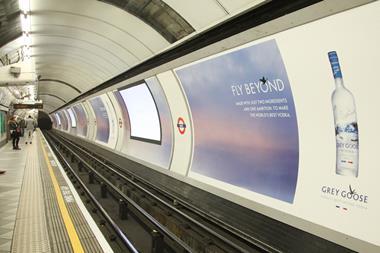

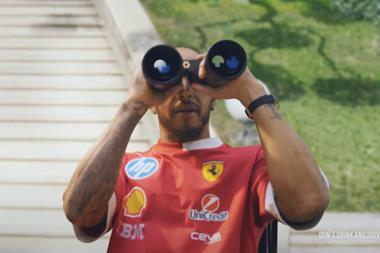
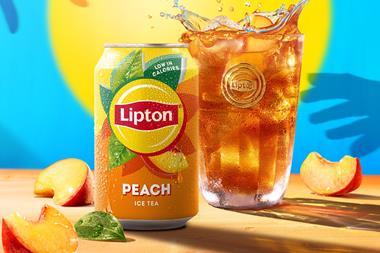

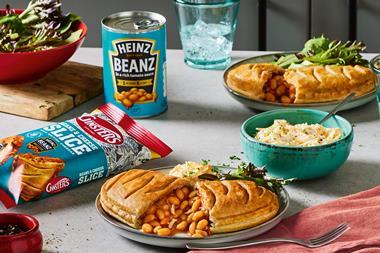



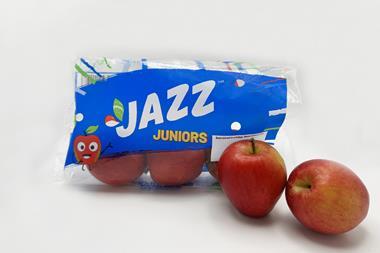
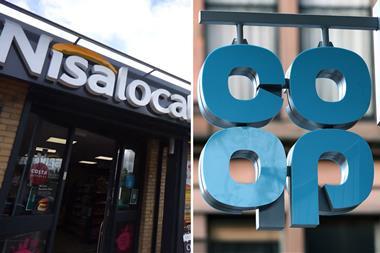

No comments yet